Sometimes at Cycling in Chch, rather than discussing the topic of the moment, we just like to give you a bit of helpful advice. This post, originally from April 2013, tackled one of the more vexing problems when biking – turning right. Since then, we’re particularly seeing a lot more hook turn boxes, sharrows and signalised crossings around town, to help with many of the trickier spots too…
No, this isn’t a political broadcast: One of the hardest things to do when riding your bike is to make a right turn. The prospect of moving into the middle of a road (often crossing busy traffic to do so), then waiting there (often unprotected) until a gap appears, can deter many cyclists. Indeed, some will choose an alternative, more indirect route to avoid having to make a difficult right-turn.
So how can we make life a little easier when needing to perform this task? Here are a few ideas:
- Sometimes the best solution is to simply “claim the lane” and turn like a motor vehicle. A little daunting for some but, where the relative speeds of motorists are sufficiently slow (e.g. well-designed roundabouts), then the manoeuvre is quite safe. So find your gap, signal clearly, and go. Remember, motorists don’t want to hit you either!
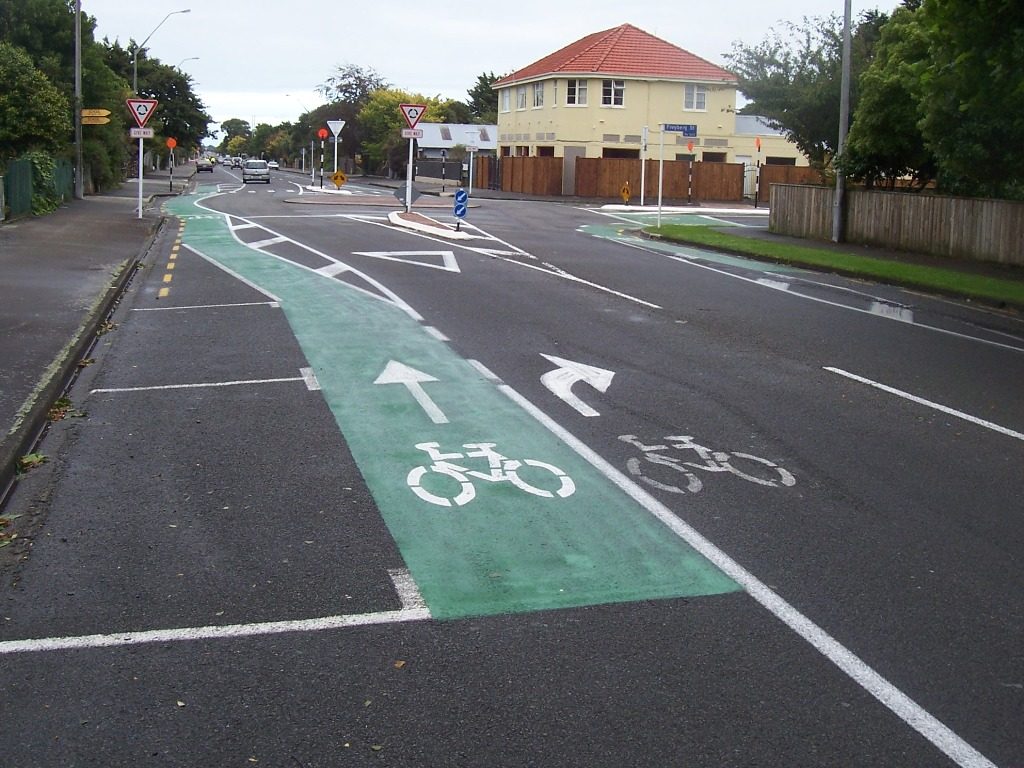
- Often all you simply need is sufficient time to find a gap in the following traffic to get across to the turning lane. So make sure you start checking behind you well in advance. To help with this, some locations have additional extended turning areas for cyclists ahead of the standard right-turn lane, e.g. Riccarton Ave approaching Hospital corner, St Asaph St approaching High/Madras, Blenheim Rd at Hansens/Annex.
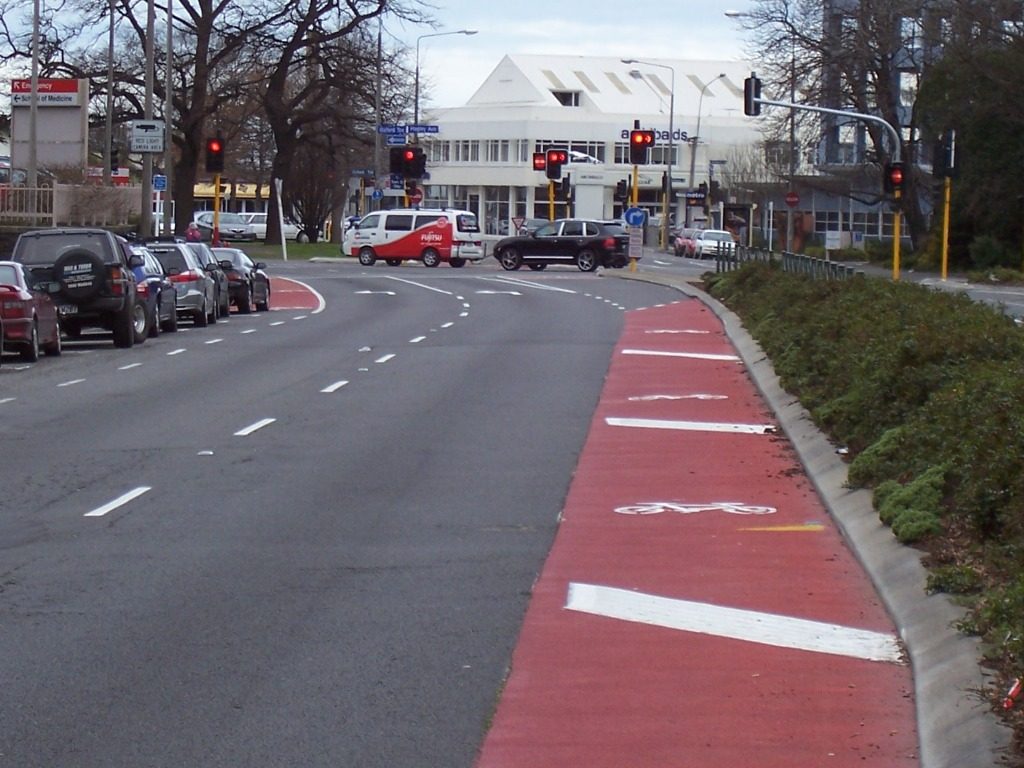
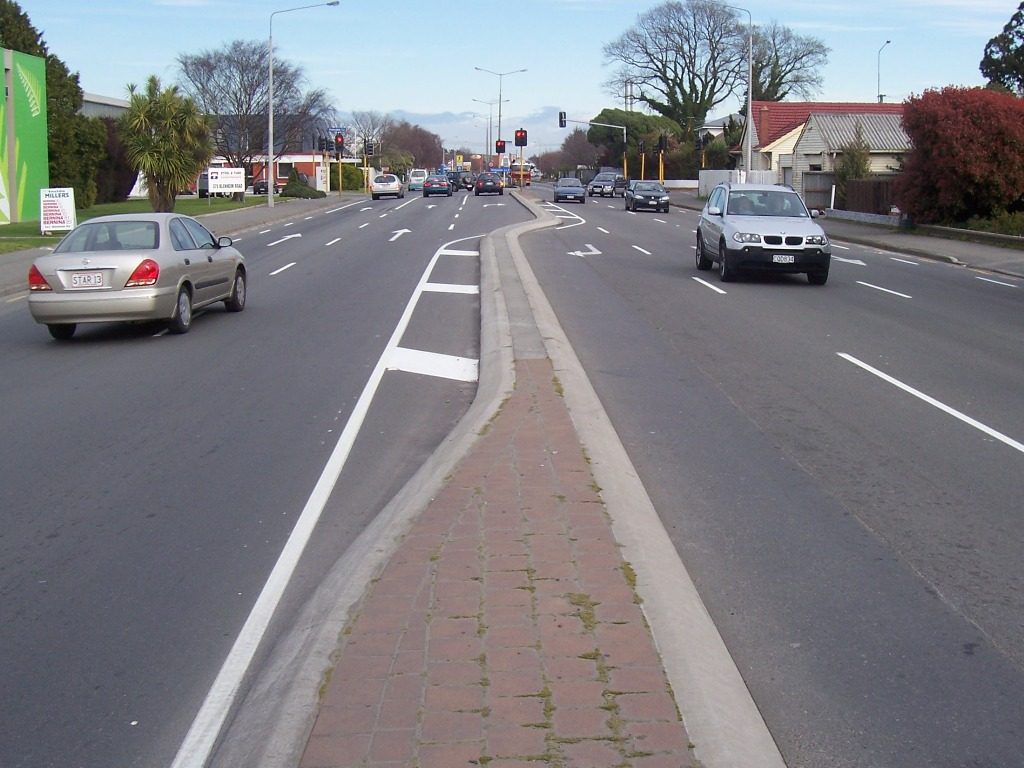
- “Hook turns” are a means of turning right at crossroad signals without ever leaving the left-hand side of the road. To make a hook turn, continue on your current street to the other side of the side road and then turn yourself right and wait with the side traffic. When the lights change you can now cross straight over to the right-hand side. As reported elsewhere, a number of formal hook turn boxes are popping up around the city now, although you can make your own hook turn movement anywhere. A similar tool is the “jug handle” at T-junctions, where right-turning cyclists are led off to the side to wait to cross over.

- Sometimes there’s a right-turn lane just for cyclists so that you don’t have to queue up with the turning motorists. Clyde Rd approaching Creyke Rd (Ilam) and North Parade approaching Shirley Rd (Shirley) are two such examples.
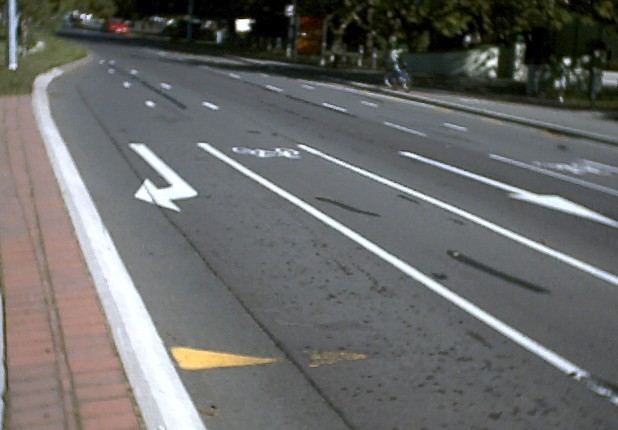
- Advanced Stop Boxes are sometimes placed in front of through-lanes at signals to help cyclists turn right (this is also very handy when you have a combined straight/right lane). While the traffic is waiting to go, you can come up on the left-hand side and then move over to the right-hand side of the box, ready to turn from the correct position. Just be careful about doing this when the lights are about to change (or when the traffic is already moving…).

- Features to help pedestrians cross may also be useful for cyclists. For example, central refuge islands also provide a physical shelter for turning cyclists. If one is located near a side road, cyclists can wait in the “shadow” of it when trying to cross. Cyclists could also use pedestrian crossings (zebra or signalised) to get to the other side; just remember that technically you should dismount while crossing however.
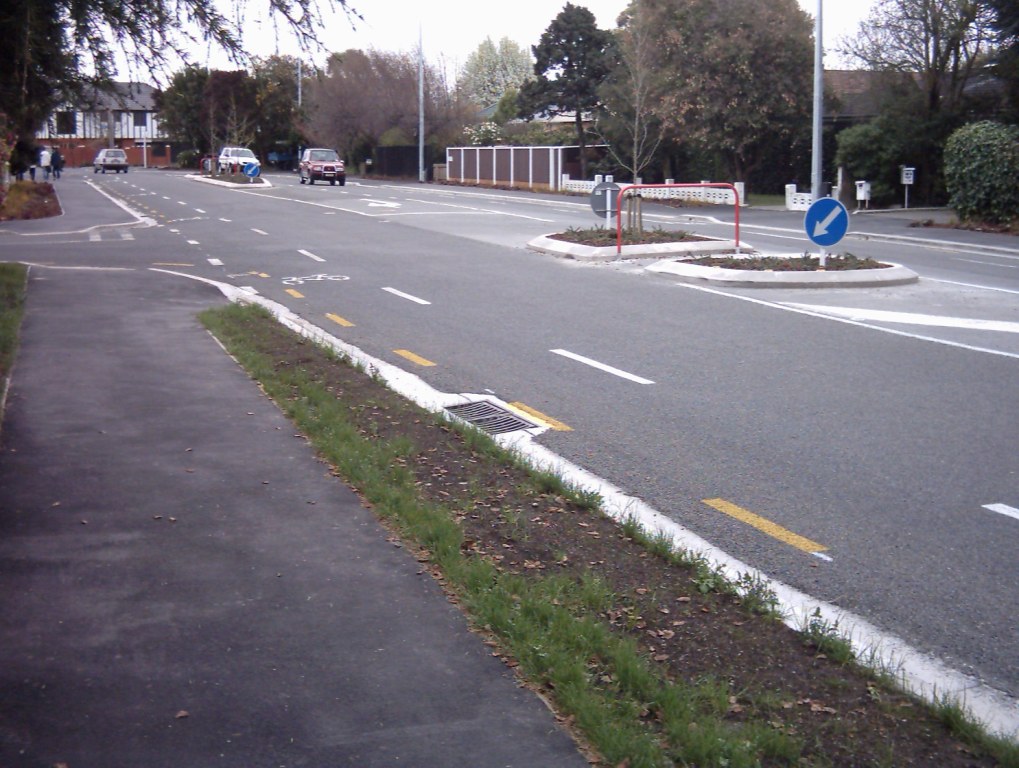
- The new Chch Cycleway Guidelines (just approved by Council) has suggested other possible designs for right turners. As well as Dutch-style intersections that incorporate hook turns all around, they also include a cycling “Barnes dance” where (like pedestrians sometimes get) a special signal phase can allow all cyclists to go in any direction while motorists are stopped.

It is likely that, with the new “all ages and abilities” cycleways around town, we will see more of the friendlier treatments, like hook turns and signalised crossings, that will appeal more to the “interested but concerned”. But it is useful to know how to tackle some of the other sites around town too.
Remember, no matter how you make your turn, make sure that you signal your intentions well in advance! Don’t be timid about it either; get that arm out there quite clearly. This will help following motorists know what you’re planning and they’re likely to be a bit more forgiving if you don’t quite get your gap judgement right.
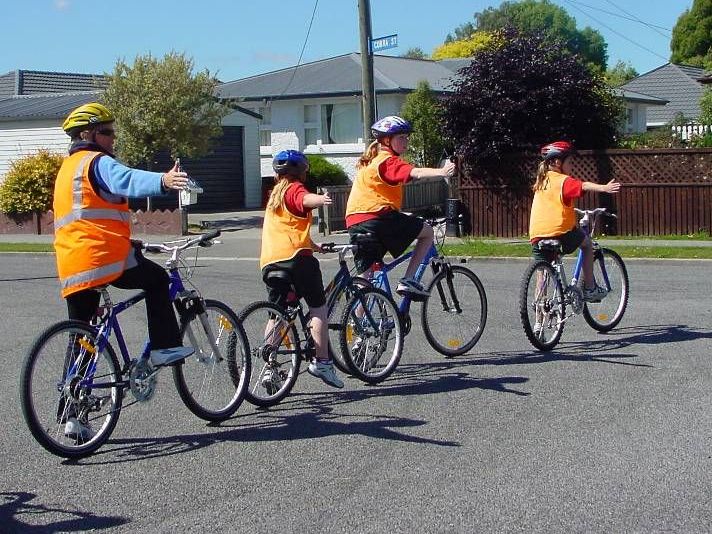
What’s your thoughts about options for turning right when cycling?

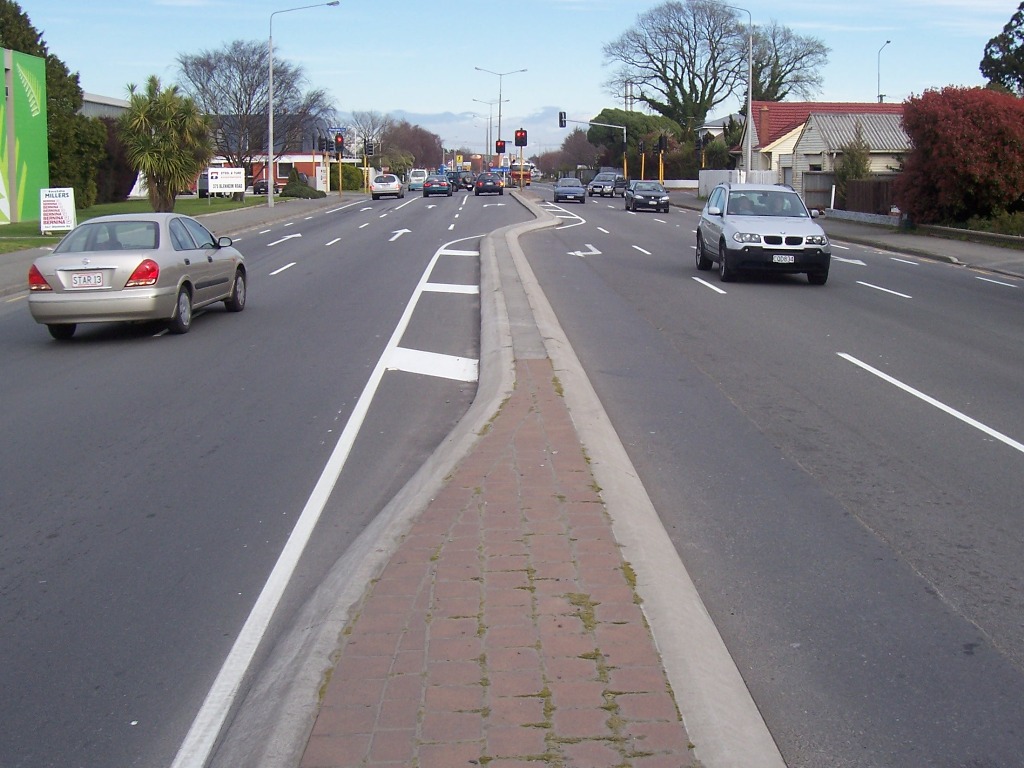
My trickiest right hand turn on the way to work is coming off the pink Tennyson cycle path to turn at Croydon Street. You have to find a gap in the traffic that coincides with a driveway ramp while being alert for cars coming out of driveways. Eyes front, right and backwards all at once, while endeavouring not to hold up bikes coming up from behind! Once out on the road there’s parked cars and dooring to contend with as cars expects cycles to be on the cycle path. To be safe, I tend to stop completely on the road beside the gutter before crossing when there’s a good gap.